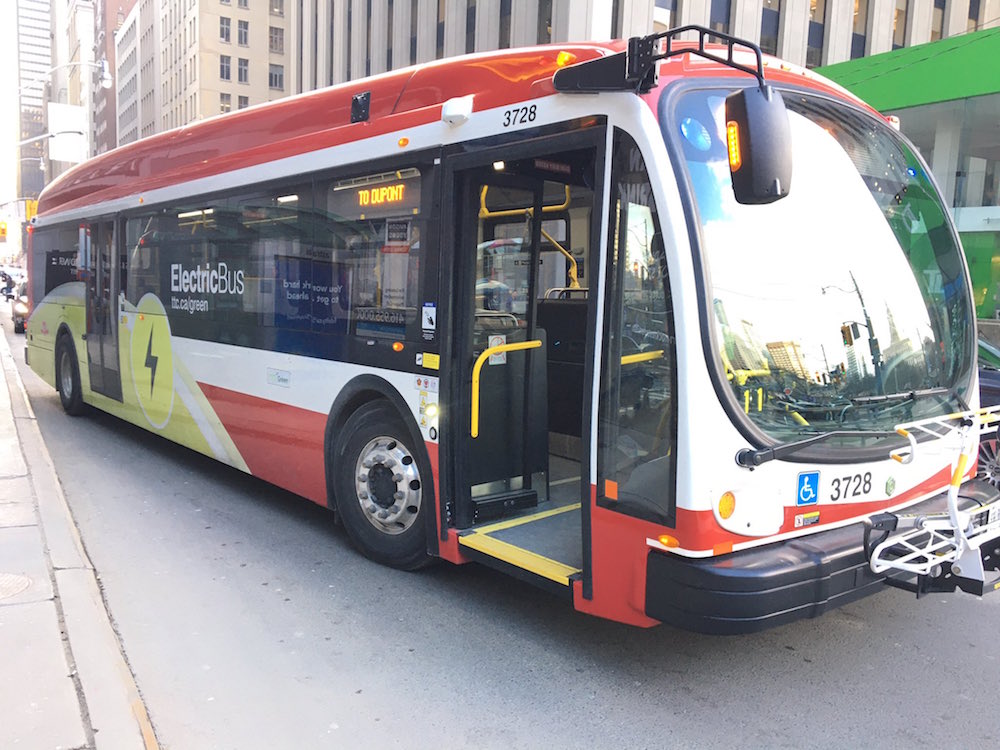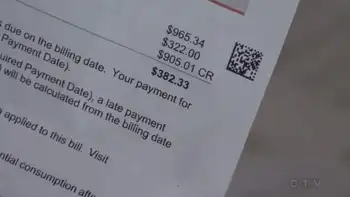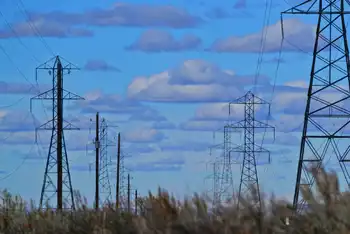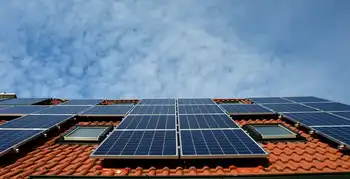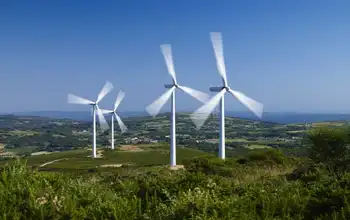Financial meltdown slowing wind-power boom
By Associated Press
NFPA 70b Training - Electrical Maintenance
Our customized live online or in‑person group training can be delivered to your staff at your location.
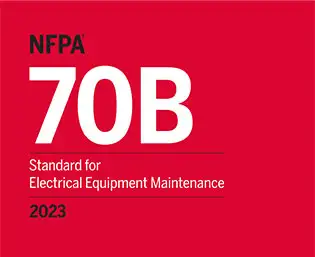
- Live Online
- 12 hours Instructor-led
- Group Training Available
Their blades, many more than 100 feet, cut the wind with a low, rhythmic whooshing noise. Not too long ago, he admired a rainbow arching over them.
Doyle's a little embarrassed when he describes the scene, but he's sincere. "If that wasn't the most beautiful sight I've ever seen."
The money's not bad either.
Doyle is paid just over $35,000 a month for the seven wind turbines in his soybean and corn fields. Those turbines and thousands others across the Midwest the past few years were part of an unprecedented build-out for the wind-power industry.
That expansion is now drastically slowing as financing dries up for many projects because of the global economic crisis. Companies that bankrolled much of the boom — the insurer AIG, now-bankrupt financial service company Lehman Brothers and Wachovia Corp. — are among the meltdown's biggest losers.
"There's definitely a lot of, obviously, upheaval," said Ric O'Connell, a renewable energy consultant with Black & Veatch Corp., an Overland Park, Kan.-based engineering and construction company. "I would definitely think in 2009 there are going to be projects that are going to be delayed."
Already some developers are scaling back.
Noble Environmental Power, an Essex, Conn.-based developer with projects from Maine to Michigan, Wyoming and Texas, said last month it is cutting back development next year and laying off workers.
Florida Power and Light, another major developer, has said it will slow down in 2009, too.
And last month oil tycoon T. Boone Pickens famously delayed his massive Texas wind-farm plans, alternately blaming a lack of financing and declining petroleum prices.
The country's wind-power capacity has increased by 500 percent in the past 10 years, to just over 21,000 megawatts, according to the American Wind Industry Association. A one-megawatt wind turbine can generate enough electricity in a year to power up to 300 homes for a year.
Even now, there are 86 wind-farm projects under construction around the country, the association said. Fifty-seven are in the windy states in country's midsection from Texas to the Dakotas, Minnesota and Illinois.
About 60 percent of the new capacity has been built since the beginning of 2005 and driven by factors ranging from renewable energy to, until recently, high oil and natural gas prices.
But the most important of those factors are federal tax credits and state mandates requiring that some power be generated by sources such as wind or the sun.
The mandates, which exist in 28 states, are responsible for about two-thirds of the market for wind energy, according to Hans Detweiler, director of state policy for the American Wind Energy Association.
And the tax credits generate much of the money to build.
Firms like AIG, Lehman and Wachovia helped finance many projects by taking short-term ownership in exchange for the credits to help offset their own income.
Those three were among the biggest investors in the industry. Now, AIG is trying to survive the financial meltdown, Wachovia is being bought by Citigroup and Lehman Brothers filed for bankruptcy this year before being sold.
Even healthier companies that have helped finance the wind boom are being weighed down by the economy, meaning they aren't making as much money so they don't need the tax credits, said Peter Maloney, chief editor at Platts Global Power Report, an energy-industry magazine.
The investment money flowing into the wind-energy business flattened this year for the first time in several years, at about $5.5 billion dollars, said industry analyst Joshua Magee of Emerging Energy Research.
And J.P. Morgan, another of those major investors, is predicting that flow will fall by more than 20 percent in 2009, to about $4 billion.
The projects most in jeopardy are those that are in their infancy — the ones in which developers were looking for sites and financing when the economic tsunami started.
"If you're talking about a project that's planning to enter construction in 2009, there has been a very slow deal flow... since the financial crisis began," said Magee, adding that situation for many smaller developers is "fairly dire."
No one tracks just how many projects are in the development stages, between planning and building, but industry analysts say there are many.
One company, Chicago-based Midwest Wind Energy has one project under construction in Illinois and another it hopes to start building next year, president and founder Stefan Noe said.
He's optimistic that those and other projects will happen, in part because the company works with a financially healthy subsidiary of Edison International, the utility giant, to finance its projects.
And, with President-elect Barack Obama pledging financial support for renewable energy, Noe thinks wind power could be on the verge of significant growth, but only if the country's faltering economy doesn't get in the way.
"If there's any concern I have, it's that the capital markets don't open up quickly enough, because there are certainly plenty of projects in development," he said. "Eventually, those markets need to free up for anybody to continue to successfully develop these projects because they are capital intensive."
Illinois has at least a dozen or so projects that haven't started construction. The state is the country's eighth biggest wind-power producer with 11 wind farms generating about 744 megawatts of power, according to the Wind Energy Association.
Texas is tops, with 6,300 megawatts of existing capacity spread over dozens of wind farms.
Farms that are built mean mini windfalls for land owners like Doyle, and for local governments.
McLean County, where Doyle lives, will be paid $288,000 next year in taxes for the turbines, county administrator John Zeunik said.
"Then obviously for the school districts, there's more," he said.
That money may be harder to come by as building slows.
But O'Connel, from Black & Veatch, is optimistic that the hurdles will be worked out, but not necessarily in the next year. The companies that were pushing wind-energy development, he said, are no longer able to do so.
"Some of those financial institutions have gone bankrupt," he said, "and none of those people are making money.
"So it's going to be much more difficult to get financing in 2009."





